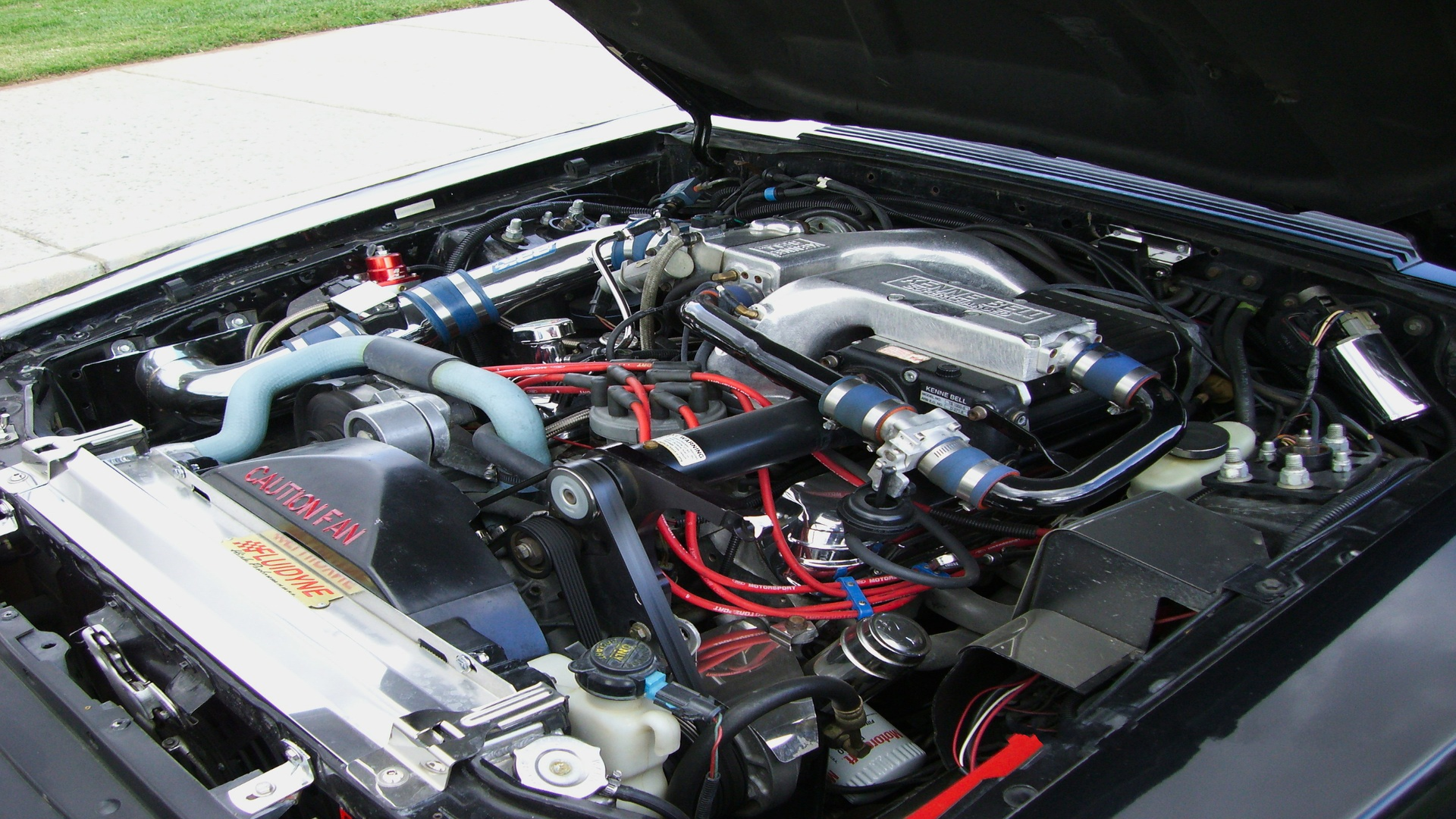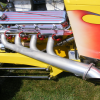It is assumed that the most complicated system in a car is the engine and electronics. You can not disagree that modern cars in no way resemble those of years ago, and the amount of automation is amazing. However, the exhaust system has always been underestimated. What’s more, it is the most often perishable system because it works in extreme conditions. The most common muffler problems, which occupies a leading place among spare parts, are the result of mechanical (curbs, stone and gravel chips), physical (wide range of temperatures from very high inside to low outside) and chemical (rust, road salt).
Nothing is forever, but it requires prompt diagnosis
Each part of the car has a factory-specified optimal wear time given in months or thousands of kilometers traveled. The average life of exhaust components is:
-
muffler – an average of 2 to 6 years, brand new up to 10 years
-
catalyst – an average of 50-100 thousand km, brand new up to 200-300 thousand km
-
DPF filter – on average 120-250 thousand km
-
exhaust manifold – ??
-
lambda probe – an average of 50-160 thousand. km
Usually only one part breaks. However, ignoring the defect for too long can affect other parts of the exhaust system. That is why it is best to go to the car workshop as soon as possible.
The main tasks of the muffler
The basic tasks of the muffler are:
-
ensuring optimal engine operation
-
flue gas evacuation
- noise reduction
- gas reduction

Each car produces, among others, carbon monoxide while driving. It is flammable and explosive when combined with air. If it gathered under in the car, it would be too dangerous for users also due to poisoning. The muffler pushes carbon monoxide and other gases under the vehicle, ensuring safety and clean air in the cabin. This key part of the exhaust system is also responsible for the pressure control necessary for the proper operation of the engine.
Depending on the model, there are two or three silencers connected in series – front, middle and end rear. The first (from after the engine) is an absorption silencer with low exhaust gas flow resistance. Mutes high sound frequencies because the tube is hidden in a can filled with sound-absorbing steel or glass wool. The second order one is the chamber silencer, which is responsible for reducing low sounds. Otherwise, it is called reflective and in turn has high resistance to exhaust gas flow. It is built of a number of chambers of various sizes that connect the pipes.
The noise coming from the engine, along with the vibrations, is significant. The muffler allows quiet and pleasant driving. It is responsible for the comfort of the driver, passengers and the environment. At the same time, the tremor does not translate is not transferred into a body.
The most common muffler problems – damaged muffler symptoms
When a leak appears in the muffler, exhaust gases will not only appear outside the exhaust system, but in worse cases also in the cabin. They are sucked in by the air from under the car. The first symptom is a suffocating smell, in more drastic cases also smoke. The noise level may also increase depending on which damper muffler has been damaged. However the noise, it will not be as big as at a hole in the exhaust pipe.
A less obvious symptom is the mechanical tearing or denting of the muffler or smaller elements such as hangers, seals, clamps or fixing bands. What every driver will definitely feel is a significant drop in engine power, throttling while driving, acceleration problems and low maximum speed. At the same time, combustion will increase quite significantly. This is due to some of the exhaust gas receding into the combustion chamber and an inefficient process. It may also indicate that the absorption silencer is clogged with cotton wool, which enters the main pipe through perforations.
The most common muffler problems – self-diagnosis
The easiest way to locate a leak is to clog the exhaust pipe with a towel to a depth of about 10-15 cm. If the sound does not change, it indicates a hole. Going from the exhaust pipe, we are looking for a place where exhaust fumes are emitted or smoked. We can plug it with a rag, then we should get a different sound and a larger amount of exhaust gas coming out of the outlet. However, there may be more leaks, so it’s better to find them all.
The most common muffler problems concern the end muffler, where the steam condenses, so faster corrosion occurs. However, the location of the entire exhaust system in the chassis causes its faster wear off. Road salt and moisture also attack fasteners. Therefore, pay attention to the ends and connecting pipes.
If the muffler it is clogged, check the temperature of the parts. The cold one is probably clogged. However, be careful because the gases after leaving the engine are around 800 degrees C, and at the outlet about 200-300 degrees C.
